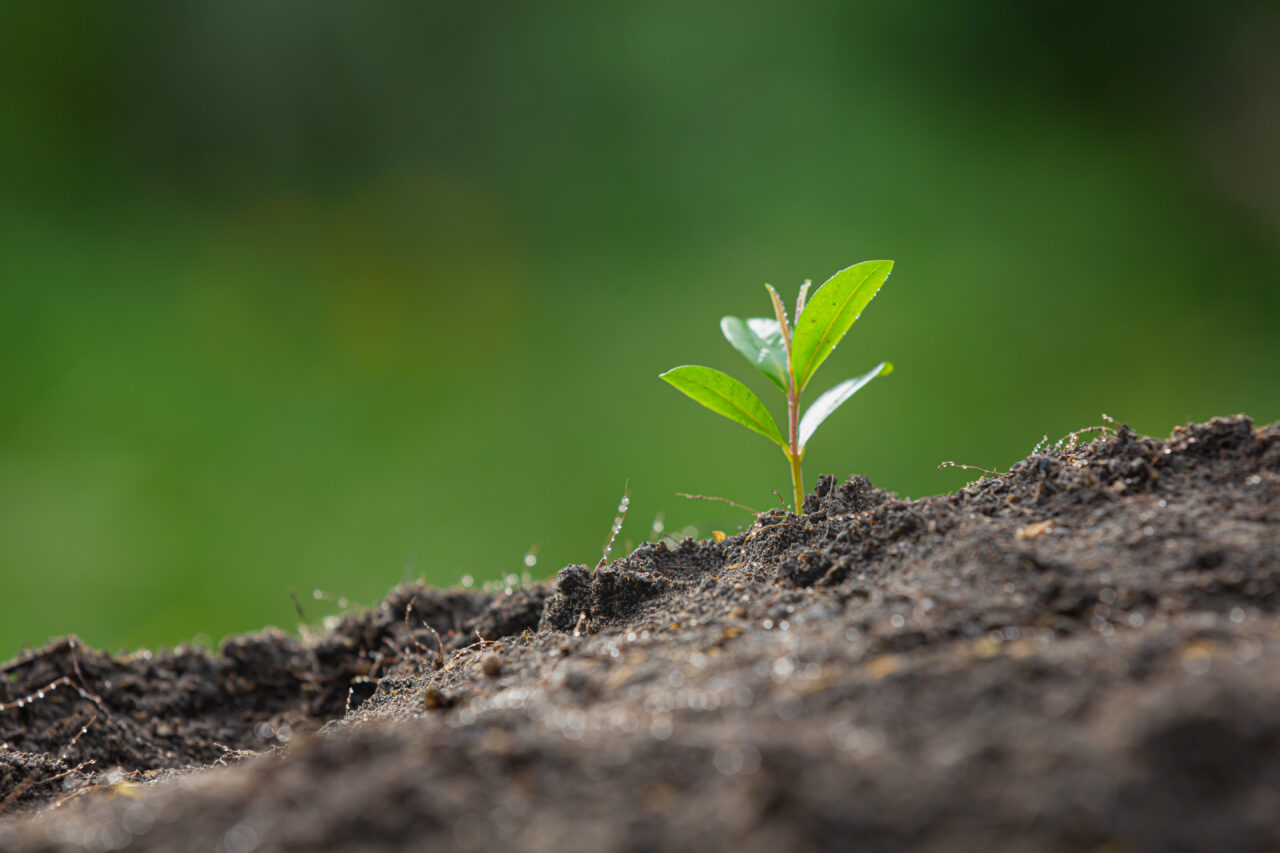
“The silent engine that keeps the planet alive”: this is the definition of soil given in the first global atlas of soil biodiversity, published in 2016. For most people, soil is just what is under our shoes: dirt and soil. And so it has long been for scientists as well. For some years now, however, research has begun to shed light on the richness, in terms of biodiversity of species, that lies in the soil - literally in a single handful of soil - on its crucial importance for all ecosystems that, in a chain, depend on the soil, and on its conservation.
Given the incredible complexity and interdependence of organisms and microorganisms that live in soil, one of the tools with which it has been studied in recent years is mathematics and statistics, in particular network science. At a recent IMT School workshop on ecological networks – “a window on our changing planet” – scholars who, at various levels, study ecological networks of the soil met both to better understand them (understand the many organisms that live there and their interactions) and to exploit this knowledge to improve significant aspects of land use, from agriculture to forest growth to climate regulation. All ecosystems – from soil to terrestrial or marine ecosystems – can in fact be analyzed as a complex network of connections, the shape of which determines the overall functioning of the ecosystem: the kind of research that the Networks research unit of the IMT School deals with, which studies networks of all types, financial, economic, social, neural and biological, such as forests, or the soil itself.
“Aristotle was already aware of the importance of soil,” observes Tancredi Caruso, professor of biology and environmental sciences at University College Dublin, visiting professor at the IMT School, and one of the organizers of the workshop together with Andrea Perna e Diego Garlaschelli. “As was Charles Darwin, who in a scientific monograph entirely dedicated to earthworms introduces – although he does not use this precise expression – the concept of ‘ecosystem engineering’, and cites the species, earthworms, that have a particularly significant effect on the formation and transformation of soil.” In 1937, American President Franklin Delano Roosevelt wrote that a nation that destroys its soil destroys itself.
"Today we are losing soil at an incredible rate due to industrialisation and intensive agriculture. The problem is that it takes centuries or millennia to develop a few millimetres or centimetres of soil," explains Caruso. "By now almost all European countries have research programmes focused on soil, precisely because its importance and role has been realised: it is not only essential for food production or clean water. It also plays a very important role in the conservation of organic matter, and thus in the control of greenhouse gas emissions and climate control. After the oceans, it is the second largest 'container' of carbon'.
All plants and animals (from microorganisms to humans) influence its formation. Living organisms contribute to the formation of organic matter, a key component of soil, through decomposition. While microorganisms, particularly fungi and bacteria, facilitate chemical exchanges between roots and soil, making essential nutrients available to plants. Humans can negatively affect the soil through land management practices that disturb natural processes and change the chemical and physical characteristics of the soil.
With his research group, Caruso is trying to understand the role of soil biodiversity in the resilience and recovery of plants after droughts and floods. "These types of events now alternate in unpredictable and disastrous ways. In the soil, changes in biodiversity affect plant growth and health, on which the agricultural product in turn depends. If there is a change in the composition of micro-organisms, it may result in lower plant resistance to stress, and consequently a loss of agricultural product'.
In a study published in Nature Communications, the researchers observed that there are important changes in soil microbiological communities subjected to extreme drought periods. Furthermore, the management regime, e.g. in terms of fertilisers, determines the response of microbiological communities to extreme weather events. For the study, an experimental drought was simulated at 30 different sites in the UK, comparing intensively managed grasslands (with fertiliser and lime applications, which improve pH and increase nutrient availability) and extensively managed grasslands (with fewer interventions). The results showed that most of the dominant microorganisms, both bacteria and fungi, exhibit strategies to adapt to drought. However, intensive soil management favours a greater presence of 'opportunistic' and resilient bacteria, which are able to rapidly exploit favourable conditions after drought. In the case of fungi, intensive management instead seems to reduce their resilience.
Depending on how much the soil is exploited, its 'response' to drought changes, causing certain species of bacteria to prevail at the expense of fungi, in turn affecting some of the key functions of the soil, including the carbon and nitrogen cycle. And this pattern seems to be exacerbated as drought periods become more frequent and intense with climate change. Now more than ever, given the unprecedented threats that global change poses to the health of all the networks on which human wellbeing depends, it is important to increasingly understand the natural ecosystems of which soil is such a fundamental and often forgotten part.
Chiara Palmerini